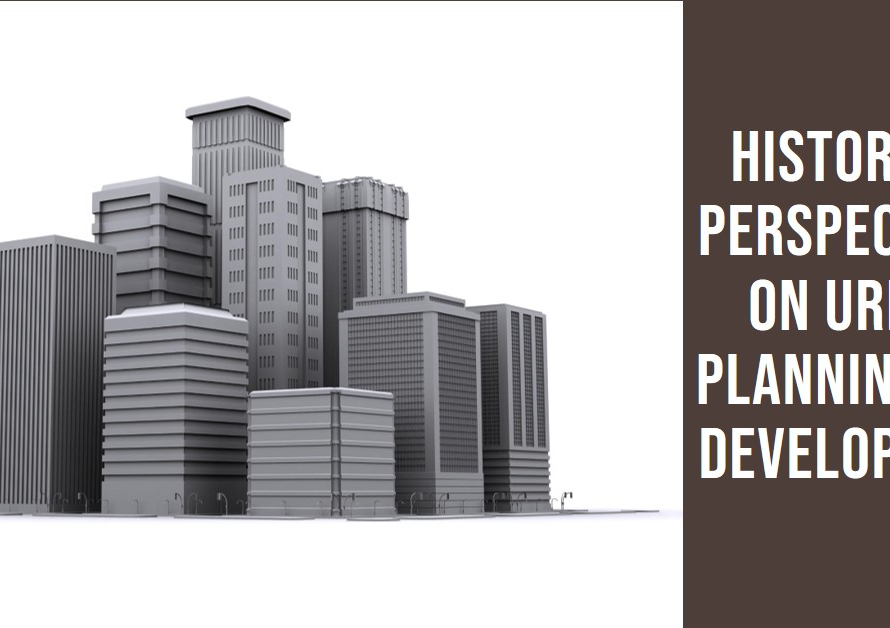
Table of Contents
- Introduction: The Intersection of Creativity and Technology
- Understanding the Basics: What is 3D Modeling?
- The Tools of the Trade: Software and Hardware Essentials
- The Modeling Process: From Concept to Creation
- Preparing for Print: Slicing and G-Code Generation
- The Printing Process: Bringing Models to Life
- Applications Across Industries: The Versatility of 3D Printing
- Challenges and Considerations: Overcoming Obstacles
- The Future of 3D Printing: Trends and Innovations
- Conclusion: Embracing the 3D Printing Revolution
Introduction: The Intersection of Creativity and Technology
The advent of 3D modeling and printing has revolutionized various industries, from manufacturing to healthcare. This technology allows creators to bring their digital designs to life with unprecedented precision and versatility. In this blog post, we will explore the intricate world of 3D modeling and printing, providing insights into its processes, applications, and the potential it holds for the future.
Understanding the Basics: What is 3D Modeling?
3D modeling is the process of creating a mathematical representation of a three-dimensional object. This digital representation, often referred to as a 3D model, can be manipulated and refined using specialized software. The models can range from simple geometric shapes to complex, intricate designs.
To create a 3D model, designers use a variety of software tools, such as Blender, Autodesk Maya, or SolidWorks. These programs offer a plethora of features that allow for detailed sculpting, texturing, and rendering. As a result, designers can create models with a high degree of accuracy and realism.
The Tools of the Trade: Software and Hardware Essentials
When diving into 3D modeling and printing, selecting the right tools is crucial. Software options vary in terms of functionality, complexity, and cost. Blender, an open-source software, is popular among beginners and professionals alike due to its robust features and user-friendly interface. On the other hand, Autodesk Maya and SolidWorks cater to more advanced users, offering extensive tools for detailed modeling and animation.
In addition to software, hardware plays a vital role. A powerful computer with a high-performance graphics card is essential for handling complex calculations and rendering processes. Furthermore, a reliable 3D printer, such as those from Ultimaker or Prusa, ensures that digital designs are accurately translated into physical objects.
The Modeling Process: From Concept to Creation
The process of creating a 3D model typically begins with a concept or idea. Designers often start by sketching their ideas on paper or using digital drawing tools. This initial concept serves as a blueprint for the digital model.
Once the concept is clear, designers move to the modeling phase. Here, they use 3D modeling software to build the object step by step. This involves creating basic shapes, refining details, and applying textures. The final model must be optimized to ensure it can be printed effectively.
Preparing for Print: Slicing and G-Code Generation
Before a 3D model can be printed, it must be converted into a format that the 3D printer can understand. This involves a process called slicing. Slicing software, such as Cura or Simplify3D, divides the 3D model into horizontal layers. Each layer is then translated into G-code, a language that directs the printer on how to construct the object.
The slicing process is crucial as it determines the print’s resolution, speed, and overall quality. Designers must consider factors such as layer height, infill density, and print speed to achieve the desired result. Proper slicing can make the difference between a flawless print and a failed one.
The Printing Process: Bringing Models to Life
With the G-code ready, the printing process can begin. Most 3D printers use a method called Fused Deposition Modeling (FDM), where thermoplastic filament is melted and extruded layer by layer to build the object. Other methods, such as Stereolithography (SLA) and Selective Laser Sintering (SLS), use different materials and techniques to achieve similar results.
During printing, it is crucial to monitor the printer’s progress to ensure there are no issues. Factors like bed adhesion, temperature, and filament feed must be carefully controlled. Once printing is complete, the object may require post-processing, such as sanding or painting, to achieve the desired finish.


Applications Across Industries: The Versatility of 3D Printing
3D printing has found applications across a wide range of industries. In manufacturing, it enables rapid prototyping, allowing companies to quickly iterate on designs and reduce time-to-market. This technology also allows for the creation of complex geometries that would be impossible with traditional manufacturing methods.
In healthcare, 3D printing is used to create custom prosthetics, implants, and even surgical models. These applications not only improve patient outcomes but also reduce costs. Additionally, the ability to print biocompatible materials opens up new possibilities in medical research and treatment.
Challenges and Considerations: Overcoming Obstacles
Despite its many advantages, 3D modeling and printing come with their own set of challenges. One of the main issues is the steep learning curve associated with mastering the software and hardware. Designers must invest time and effort to become proficient in these tools.
Moreover, the quality of the final print can be affected by various factors, such as material properties, printer calibration, and environmental conditions. Understanding and controlling these variables is essential to achieve consistent results. Additionally, the cost of high-quality 3D printers and materials can be prohibitive for some users.
The Future of 3D Printing: Trends and Innovations
The future of 3D printing looks promising, with continuous advancements in technology and materials. One exciting development is the rise of metal 3D printing, which has the potential to revolutionize industries such as aerospace and automotive manufacturing. This technology allows for the creation of strong, lightweight parts that can withstand extreme conditions.
Another trend is the integration of artificial intelligence and machine learning in 3D printing. These technologies can optimize the printing process, predict failures, and suggest design improvements. As a result, the efficiency and reliability of 3D printing are expected to increase significantly.
Conclusion: Embracing the 3D Printing Revolution
3D modeling and printing represent a convergence of creativity and technology, offering endless possibilities for innovation. As we continue to explore and refine these processes, the impact on various industries will only grow. By understanding the intricacies of 3D modeling and printing, designers and engineers can unlock new levels of precision, efficiency, and creativity. The future is bright for those who embrace this transformative technology, driving progress and shaping the world of tomorrow.


